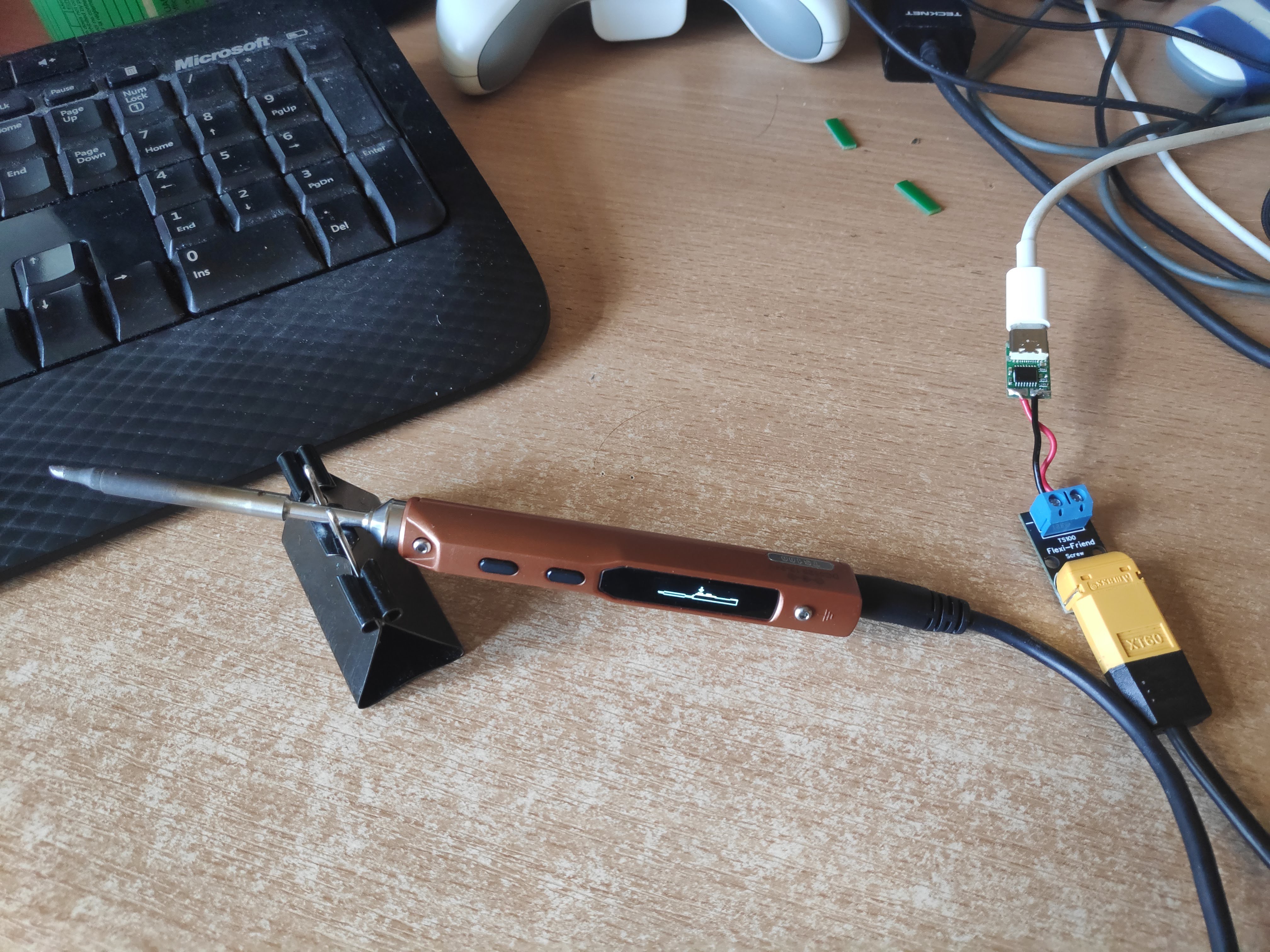Jenny Not saying you don't, As I said I have a 80 not a 100 but as I understand it the 100 doesn't require a negotiating supply - just lots of magic pixies. The "more sophisticated" ts80 works to qc3 which does require a supply capable of negotiating voltages. As many of us found not every QC3 power bank or PSU works with the 80 - so any info backed by real hands on experience is of interest.
As far as I knew 9v was the max - ralim seems to be hinting that 12v is possible - although my typical use of the 80 has never found it lacking so long as 9v is available.
My main point was that some people seem to be under the impression that it's all a matter of personal preference and that the electrical values all work independently or are largely governed my software not physics. This leads some to expect woefully underrated gadgets to supply massive amounts of power.
Without an intermediary converter or dual standard device QC can't talk to PD so it's not an option. On stock firmware the ts80 gives an error if plugged into a dumb usb2 powerbank because it needs that extra voltage boost to fire up. Anyone with any info on any device that adds versatility is of interest - but it has to be real world hands on use - not "afaik guesses" I know someone here has added a QC controller to a ts100. I'm not familiar with the 100 so can't really add anything to that topic - However it's an interesting option. So when you mentioned a PD device I was hoping you may have some hard experience too - disappointing that you haven't.
majuss for my money the all round handiest USB measuring device would be the rui deng UM34c, a good all-rounder for £15ish,
slightly cheaper is The USB Safety tester j7-t (£4 or £5) - both support qc2 & 3 AVO +power and mAh with graphing and battery charging/ capacity measurement for powerbanks etc . failing that you can get a bog standard usb avo for £2 If you already have a meter you could build a USB test rig for the cost of the solder and a few inches of wire




 Cable a bit tough and gives stable 20V, peak consumption was 40~45W according to power indicator on the display.
Cable a bit tough and gives stable 20V, peak consumption was 40~45W according to power indicator on the display.

Hey, a few weeks ago I got a pretty awesome idea: would it be possible to hack this iron into having USB-C PD input?
The USB-C specs allows for 3A at 20V, or even 5A. This would mean that it would be able to power the iron from like any common available charger. Sadly I don't have the knowledge nor the skills to pull this off .
Wouldn't that be pretty awesome? :D
I did some research and fount out that the STM32F0 devices can be used for USB-C PD. The STM32 in this TS100 is a STM32F1 and seems currently not supported. But my knowledge about STM32's and USB PD is very limited, maybe someone out there is able to tell us more.